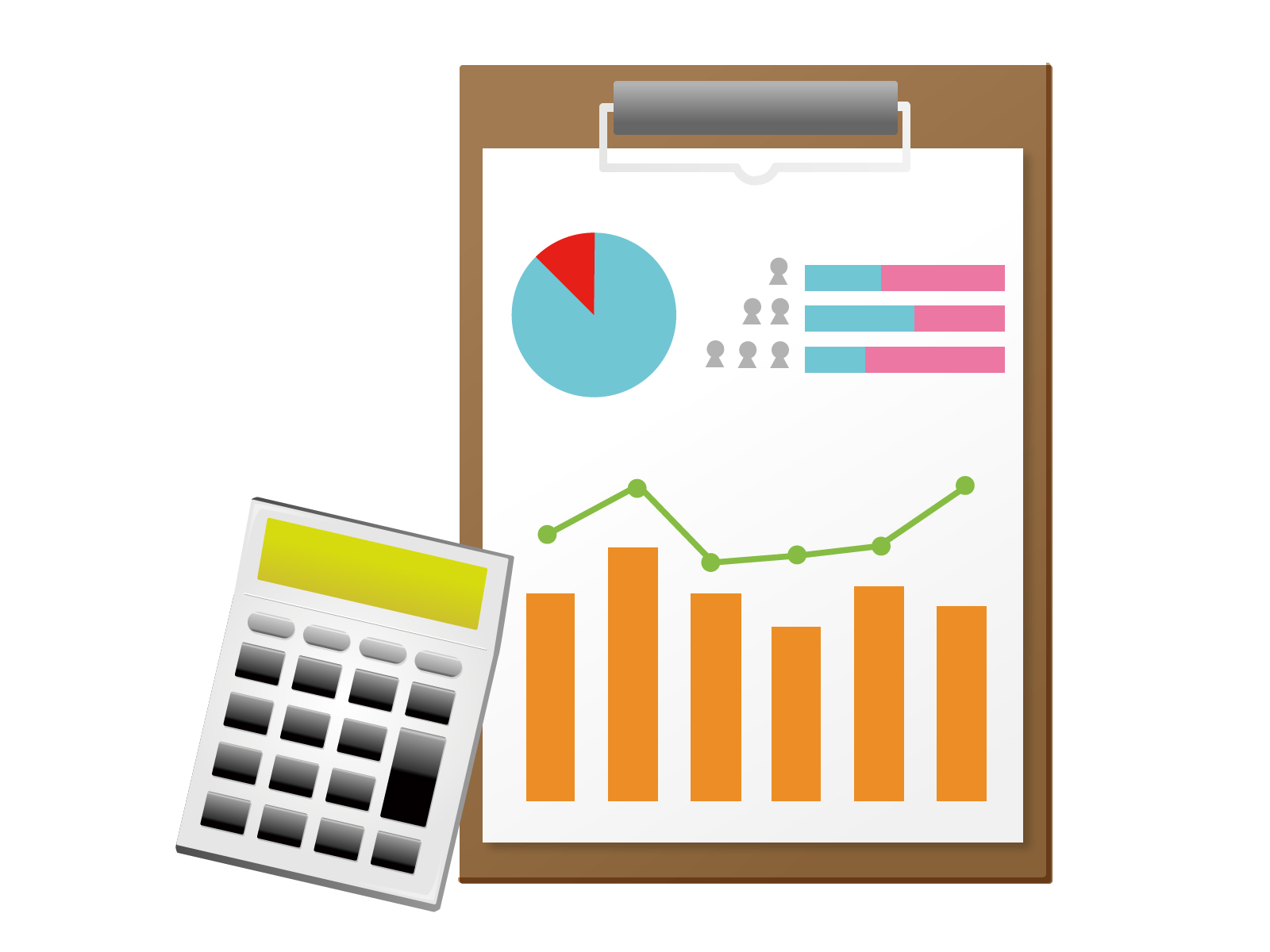
簿記(bookkeeping)は、最初のうちは少し難しいかもしれません。
しかし、英語と同じで、慣れることが大切です。
継続は力なり!
Introduction(イントロダクション)
Bookkeeping is the foundational process of financial record-keeping for businesses, organizations, and individuals. It is the systematic and methodical practice of documenting financial transactions, ensuring that every financial activity is accurately recorded. Understanding the basics of bookkeeping is crucial for anyone looking to manage their finances or work in finance-related roles within businesses. In this section, we will explore what bookkeeping entails and why it’s essential in the world of finance and business.
簿記は、ビジネス、組織、個人のための財務記録の基本的なプロセスです。それは、財務取引をシステム的かつ方法的に記録する実践です。簿記の基本を理解することは、財務を管理したり、業務上財務に関連する役割を果たす人々にとって不可欠です。このセクションでは、簿記が何を意味し、なぜビジネスの世界で重要なのかについて探究します。
Section 1: Understanding Bookkeeping(簿記の理解)
Bookkeeping, in its essence, is the practice of systematically recording and organizing financial transactions. It serves as the backbone of financial management, offering businesses and individuals an organized way to track and analyze their financial activities. This process allows you to create detailed financial records that help in monitoring the health of a business and making informed financial decisions.
簿記は、本質的に、財務取引をシステム的に記録し整理する実践です。これは、財務活動を詳細に追跡し、分析するための組織化された方法を提供します。このプロセスにより、ビジネスの健全性を監視し、情報に基づいた財務決定を行うのに役立ちます。
Section 2: The Basics of Bookkeeping(簿記の基本)
Let’s dive into the fundamental concepts of bookkeeping:
- Accounting vs. Bookkeeping: While bookkeeping focuses on the day-to-day recording of financial transactions, accounting encompasses a broader range of activities, including financial analysis, interpreting data, and decision-making based on financial information.
- The Accounting Equation: This equation (Assets = Liabilities + Equity) forms the basis of double-entry bookkeeping. It highlights the relationship between a company’s assets, what it owes (liabilities), and what belongs to the owners (equity).
- Double-Entry Accounting: Double-entry bookkeeping ensures that every financial transaction has equal and opposite effects in at least two different accounts. This system helps maintain the balance in the accounting equation.
簿記の基本概念について詳しく説明しましょう。
- 会計と簿記の違い: 簿記は日々の財務取引の記録に焦点を当てているのに対し、会計は財務分析、データの解釈、財務情報に基づいた意思決定など、より広範な活動を含みます。
- 会計の等式: この等式(資産 = 負債 + 資本)は複式簿記の基礎を形成します。これは会社の資産、負債、所有者持分の関係を強調しています。
- 複式簿記: 複式簿記は、すべての財務取引が少なくとも2つの異なる勘定で等しい逆の効果を持つことを確認します。このシステムは会計の等式のバランスを維持するのに役立ちます。
Section 3: Key Concepts(重要なコンセプト)
- Assets, Liabilities, and Equity: In bookkeeping, financial items are classified into these three categories. Assets are what a company owns, liabilities are what it owes, and equity represents the owners’ interest in the company.
- The Chart of Accounts: This is a list of all the accounts used in a business’s accounting system, often organized by category (e.g., assets, liabilities, revenue, expenses). Each account has a unique number for easy identification.
- Debits and Credits: Debits and credits are the basic building blocks of double-entry accounting. Debits increase asset and expense accounts but decrease liability, equity, and revenue accounts. Credits have the opposite effect.
- 資産、負債、資本: 簿記では、財務アイテムをこれらの3つのカテゴリに分類します。資産は会社が所有するもの、負債は会社が負っているもの、資本は所有者の会社への利益を表します。
- 勘定科目表: これはビジネスの会計システムで使用されるすべての勘定科目のリストで、通常はカテゴリ(資産、負債、収益、費用など)で整理されています。各勘定は識別を容易にするために固有の番号を持っています。
- 借方(デビット)と貸方(クレジット): 借方と貸方は複式簿記の基本的な要素です。借方は資産と費用の勘定科目の残高を増やし、負債、資本、収益の勘定科目の残高を減少させます。貸方は逆の効果を持っています。
Section 4: The Bookkeeping Process(簿記のプロセス)
- Types of Business Organizations: Businesses can take different forms, such as sole proprietorships, partnerships, corporations, or limited liability companies. Understanding the type of business helps tailor bookkeeping practices.
- Recording Transactions: The heart of bookkeeping involves documenting financial transactions, including sales, purchases, expenses, and investments. These transactions are first recorded in a journal.
- The Journal and Ledger: The journal is where transactions are initially recorded. The ledger then compiles these entries into individual accounts, creating a detailed record of each account’s activity.
- ビジネス組織の種類: ビジネスは、個人事業主、パートナーシップ、法人、または有限責任会社など、さまざまな形態を取ることがあります。ビジネスの種類を理解することは、簿記の実践を調整するのに役立ちます。
- 取引の記録: 簿記の中心には、売上、購入、経費、投資などの財務取引を記録する作業が含まれます。これらの取引は最初に仕訳に記録されます。
- 仕訳と元帳: 仕訳は、取引が最初に記録される場所です。その後、元帳はこれらの仕訳を個々の勘定科目にまとめ、各勘定科目の動きの詳細な記録を作成します。
Section 5: The Trial Balance(試算表)
- Creating a Trial Balance: A trial balance is a summary of all the accounts in a business’s ledger, showing their current balances. It helps identify errors in the recording process by ensuring that total debits equal total credits.
- Balancing Debits and Credits: To create a trial balance, you’ll need to check and balance the debits and credits in each account, making sure that they are equal.
- 試算表の作成: 試算表は、会計帳簿におけるすべての勘定科目の要約で、それぞれの勘定科目の現在の残高を示します。試算表を作成して、借方合計が貸方合計に等しいことを確認し、記帳プロセスのエラーを特定するのに役立ちます。
- 借方と貸方のバランス: 試算表を作成するためには、各勘定科目の借方と貸方を確認して、バランスしていることを確認する必要があります。
Section 6: Financial Statements(財務諸表)
- Overview of Financial Statements: Financial statements provide a comprehensive view of a company’s financial health. They include the balance sheet, income statement, cash flow statement, and statement of retained earnings.
- Balance Sheet: The balance sheet provides a snapshot of a company’s financial position at a specific point in time, showing its assets, liabilities, and equity.
- Income Statement (Profit and Loss Statement): This statement summarizes a company’s revenue, expenses, and resulting net income (profit) over a specific period.
- Cash Flow Statement: This statement details a company’s cash inflows and outflows during a specific period, helping analyze its liquidity.
- Statement of Changes in Shareholders’ Equity: This statement outlines changes in a company’s shareholders’ equity including retained earnings over time.
- 財務諸表の概要: 財務諸表は会社の財務健全性を包括的に示します。貸借対照表、損益計算書、キャッシュフロー計算書、剰余金計算書が含まれます。
- 貸借対照表: 貸借対照表は特定の時点で会社の財務状態を示し、資産、負債、資本を表示します。
- 損益計算書: この計算書は特定の期間内の収益、費用、およびそれに伴う純利益(利益)を要約します。
- キャッシュフロー計算書: この計算書は特定の期間内の現金の収入と支出を詳細に示し、流動性を分析するのに役立ちます。
- 資本変動計算書: この計算書は、会社の資本の部の変化を概説します。
Conclusion(結論)
Understanding bookkeeping is essential for making informed financial decisions, whether you’re managing your personal finances or working within a business. Accurate bookkeeping provides a clear picture of a company’s financial health and is the foundation for more advanced accounting and financial analysis.
簿記の理解は、個人の財務を管理したり、ビジネス内で働いている場合に、情報に基づいた財務決定を行うために不可欠です。正確な簿記は会社の財務健全性を明確に示し、より高度な会計と財務分析の基礎です。


